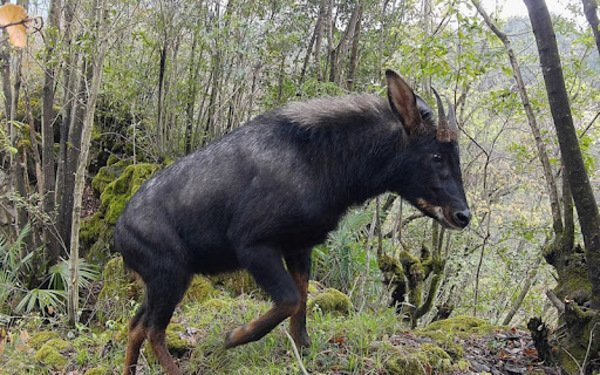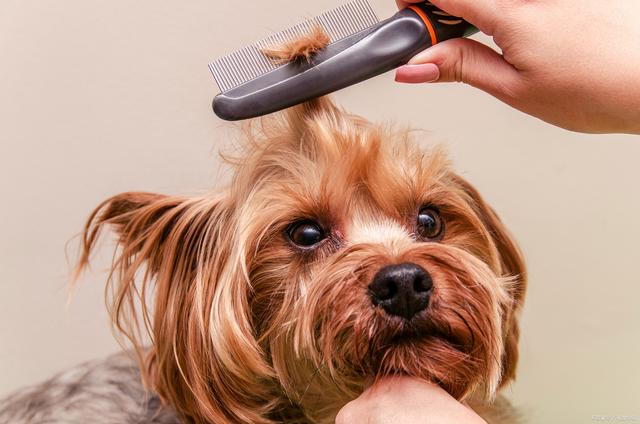Parchment, as an ancient and unique writing material, is widely used for its unique texture and excellent durability. Use. This article will take you deep into the definition, historical background and modern applications of parchment to help you better understand the charm of this classic material.

Definition of Parchment
Parchment is a type of paper made from animal skin (mainly sheepskin). Its production process includes depilation, bleaching and stapling. Pressed to give it a smooth surface and excellent durability. The production process of parchment has a long history and has been widely used for writing and painting since ancient times.
Historical background of parchment
The use of parchment can be traced back to the ancient Egyptian and ancient Greek periods in the 2nd century BC. The earliest parchment was used to record important documents and laws. Documents. In the Middle Ages, parchment became the main writing material in Europe, especially in monasteries and academic institutions, where it was used to copy classics and religious documents.
With the development of printing, paper gradually Replaced parchment. However, parchment is still considered a high-quality, collectible material and is used to create important certificates, archives, and works of art.
Parchment production processChoosing raw materials: Young sheepskin is usually used to make parchment because its skin is more delicate and easier to handle.
Dehairing and cleaning: The sheepskin is treated in lime water to remove hair and impurities, then cleaned.
Pin and dry: Pull and pin the cleaned skin against a flat plate to smooth its surface. Then dry it.
Bleached and Finished: After drying, the parchment is bleached and finished for a higher quality and sheen.
Choosing raw materials: Young sheepskin is usually used to make parchment because its skin is more delicate and easier to handle.
Dehairing and cleaning: The sheepskin is treated in lime water to remove hair and impurities, then cleaned.
Pin and dry: Pull and pin the cleaned skin against a flat plate to smooth its surface. Then dry it.
Bleached and Finished: After drying, the parchment is bleached and finished for a higher quality and sheen.
Modern Applications of Parchment
Although modern society mainly uses paper, parchment still plays an important role in some areas:
Law and Certificates: Many important legal documents and certificates still use parchment to ensure their durability and authenticity.
Arts and Crafts: Parchment is used to create high-end artworks, handmade books and decorative items because of its unique texture and historical value Making it a collector's item.
Vintage-style writing and gifting: Parchment is used in wedding invitations, keepsakes and personalized gifts. Used to create retro and classic.
Summary
Parchment is not just an ancient writing material, it carries a wealth of historical and cultural value. Whether in modern legal documents, artistic creations, or personalized gifts, parchment still shows its unique charm. If you are interested in parchment, you can explore more information about its production process and application, and learn about the profound background and contemporary applications of this classic material.








